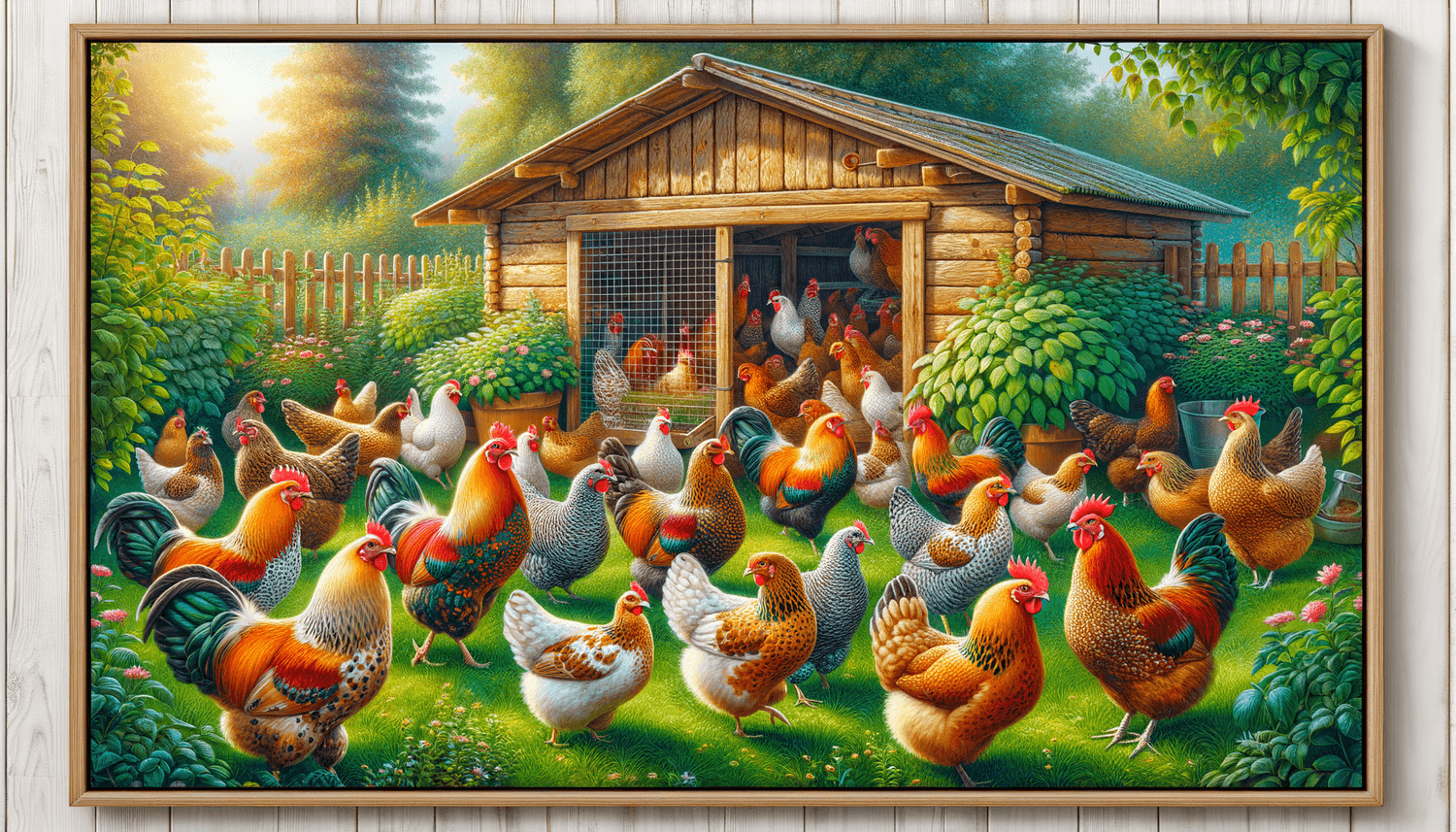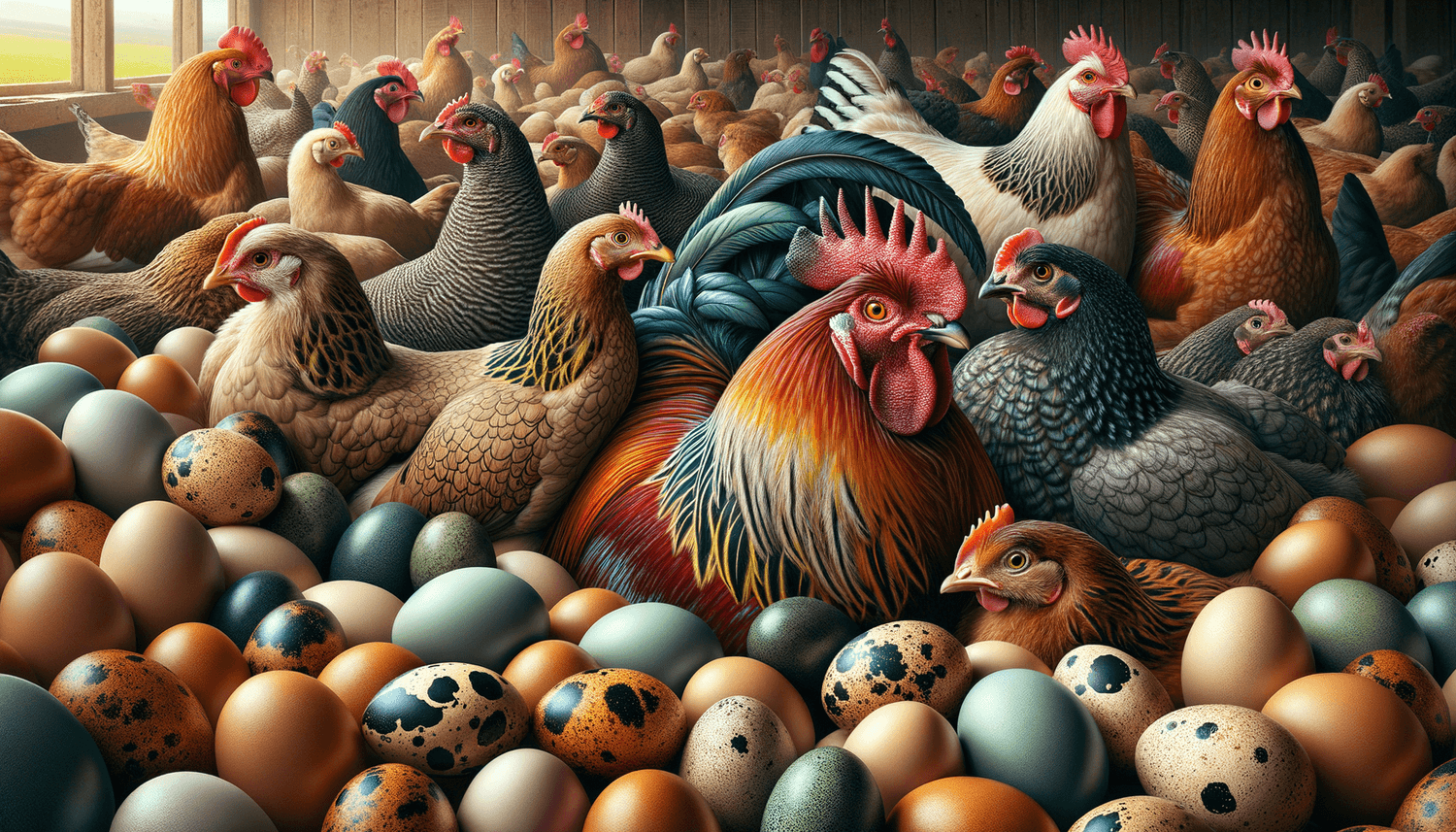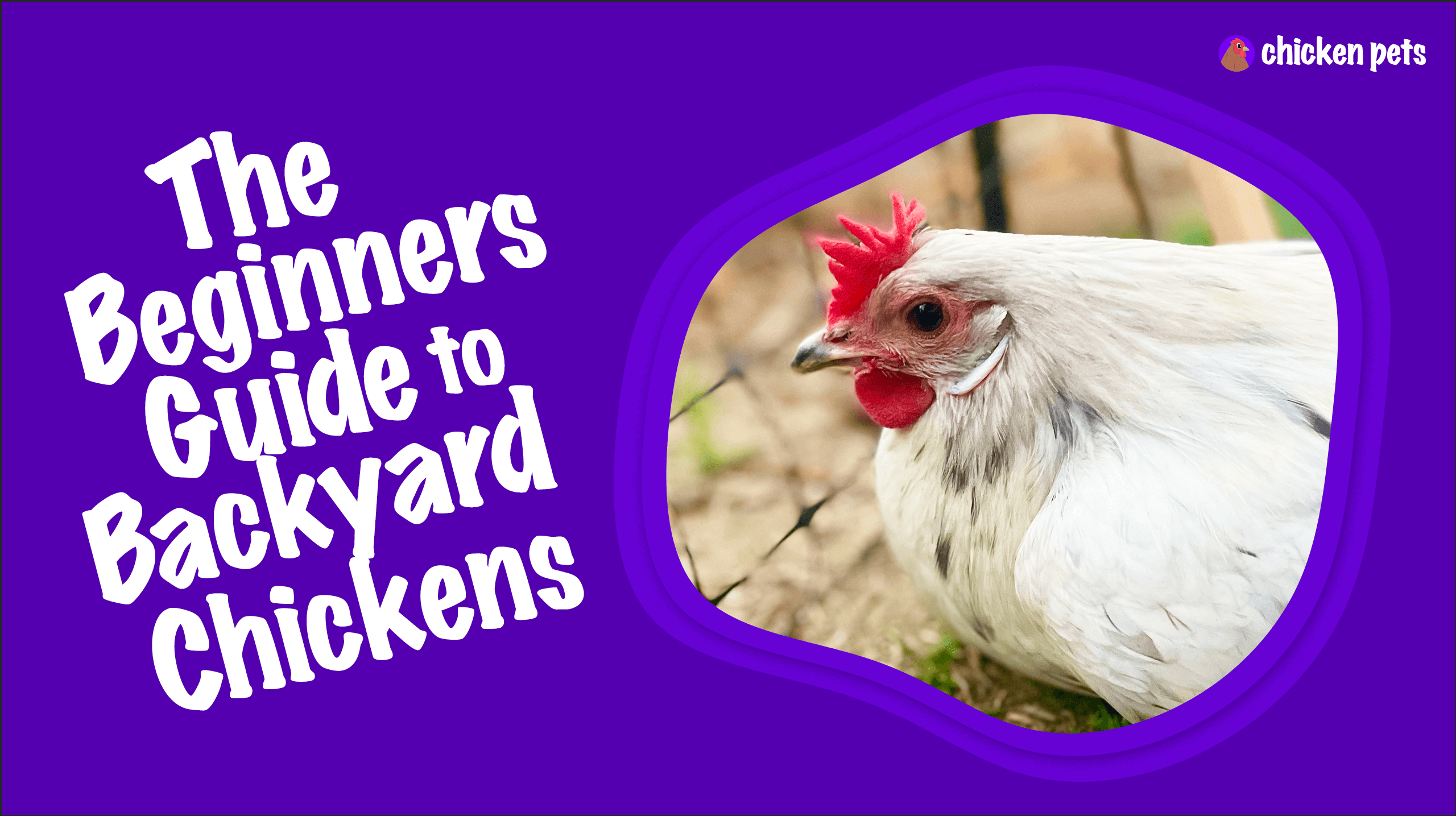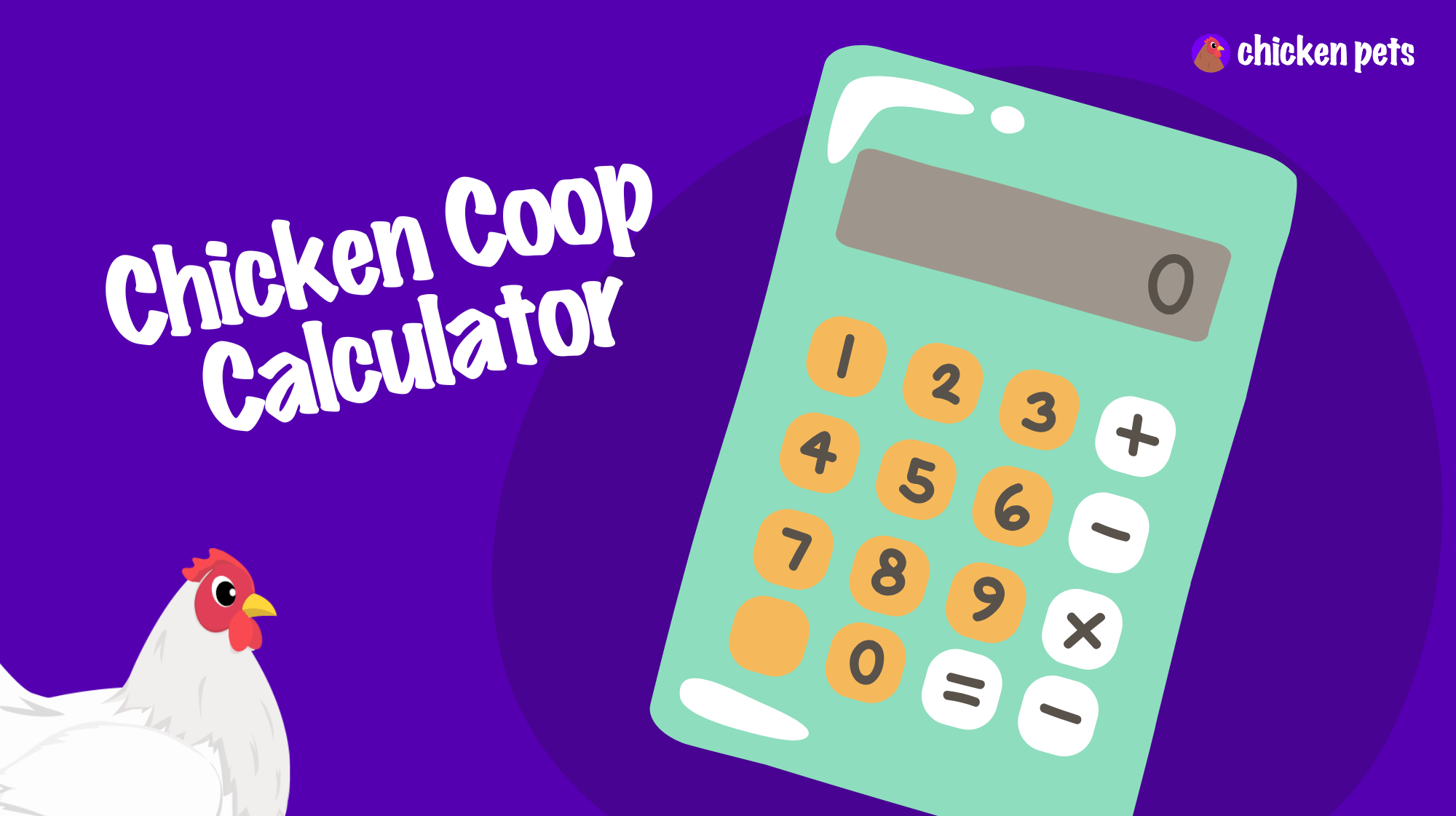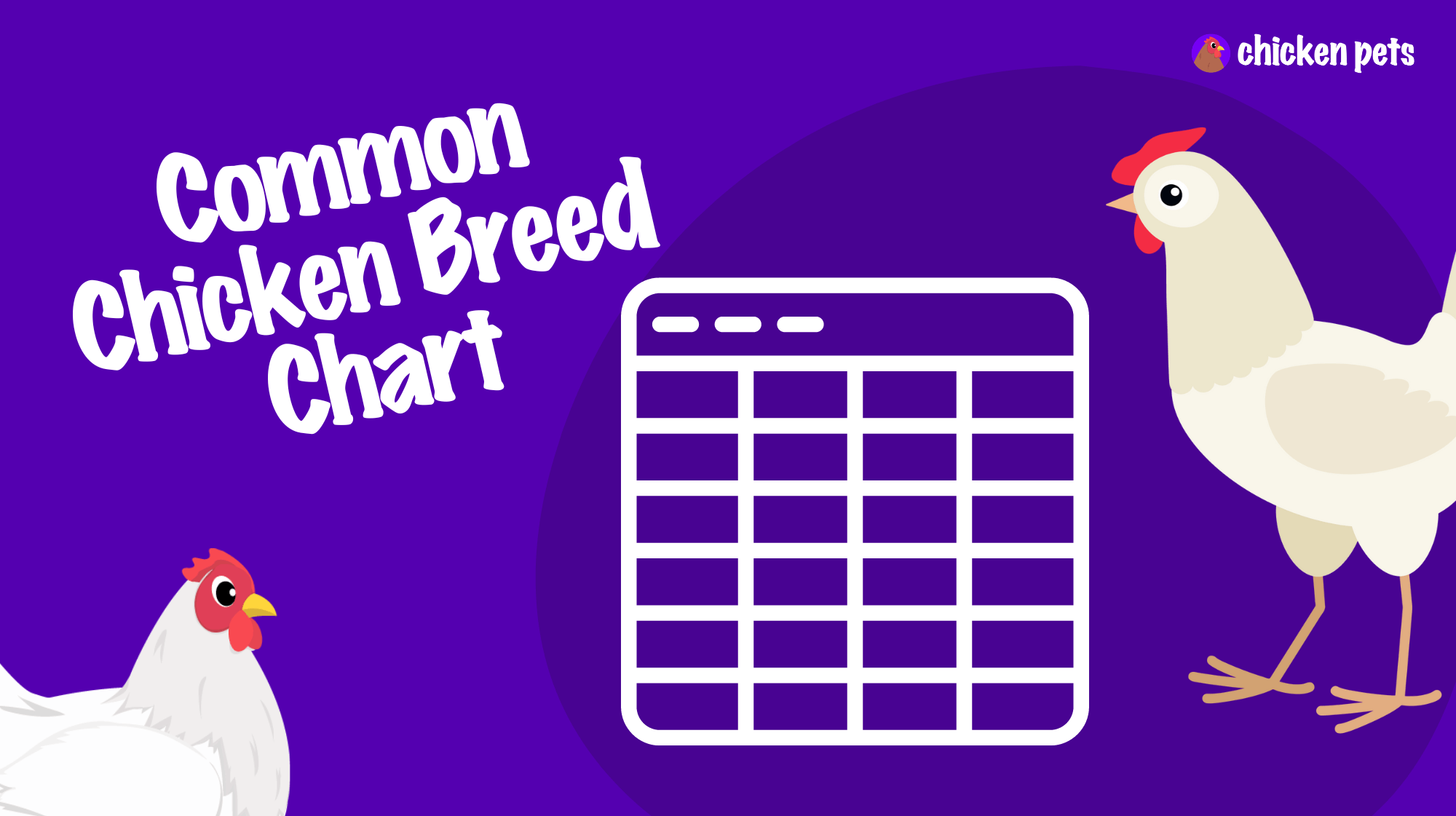Definition of Footpad Dermatitis
Footpad Dermatitis, also known as pododermatitis or contact dermatitis, is a common health issue in chickens and other poultry species that manifests as inflammation or lesions on the feet and footpads. It is exacerbated by wet and unsanitary litter conditions, which can lead to bacterial and fungal infections. Proper litter management and maintaining good hygiene practices in poultry housing are crucial to prevent and control Footpad Dermatitis.
Significance of Footpad Dermatitis for Backyard Chicken Owners
Footpad Dermatitis is relevant for backyard chicken owners and enthusiasts because it can have a substantial impact on the overall health and welfare of their flock. Chickens affected by this condition may experience discomfort, pain, and difficulty in walking or perching, which can lead to decreased productivity, such as reduced egg-laying performance.
Additionally, Footpad Dermatitis can also compromise the immune system, making the birds more susceptible to other diseases and infections. Furthermore, it is essential to recognize and address this issue early on, as infected footpads can lead to chronic health problems if left untreated. Being well-informed about Footpad Dermatitis and taking preventive measures can help backyard chicken owners to maintain a healthy, thriving flock.
Mechanisms of Footpad Dermatitis in Chickens and Poultry
Footpad Dermatitis in chickens and poultry is triggered by various factors that contribute to the development of lesions and inflammation on the feet. One primary factor is prolonged exposure to moisture and wet litter, which softens and weakens the protective outer layer of the footpad. This makes the footpad more susceptible to abrasions and mechanical damage, creating an entry point for microorganisms such as bacteria and fungi.
Another contributing factor is high ammonia levels in litter, resulting from the buildup of fecal matter over time. High ammonia concentrations can cause chemical burns on the footpads and further weaken their protective barrier, making them prone to infections. Lastly, nutritional imbalances, genetic predisposition, or concurrent health issues can also increase the susceptibility of chickens and poultry to Footpad Dermatitis.
Applying Footpad Dermatitis Information for Backyard Flocks
Backyard chicken owners can apply their understanding of Footpad Dermatitis to their flock by implementing preventive measures, as well as recognizing and addressing the condition when it arises. Some practical steps include:
Litter Management: Maintain dry, clean, and well-ventilated litter. Remove wet or soiled litter and replace it with fresh bedding material. Ensure that waterers and feeders are not leaking and contributing to wet litter.
Ammonia Control: Monitor ammonia levels in the coop and ensure proper ventilation to maintain them within a safe range. Use litter amendments like zeolite or microbial products to help reduce ammonia levels.
Observation and Inspection: Regularly monitor the flock for signs of Footpad Dermatitis, such as lameness, reluctance to move, or swollen feet. Inspect the footpads for any lesions, discoloration, or scabs. Address any signs of the condition promptly to prevent further complications.
Nutrition: Provide a well-balanced diet, including essential vitamins and minerals, to support the overall health and immune system of the flock. Consult a veterinarian or nutritionist for specific recommendations based on the flock’s needs and condition.
By applying these measures, backyard chicken owners can effectively prevent and control Footpad Dermatitis, promoting a healthy and productive flock.
Tips & Recommendations for Managing Footpad Dermatitis
To ensure optimal chicken care and minimize the risk of Footpad Dermatitis in backyard flocks, consider the following practical advice and best practices:
Choose Suitable Bedding Material: Selecting appropriate litter material is crucial for maintaining the health of your flock’s feet. Some recommended bedding materials include wood shavings, chopped straw, or sand, as they provide good moisture absorption capacity and are gentle on the footpads.
Practice Proper Coop Design: An effective coop design will help in reducing the risk of Footpad Dermatitis by ensuring adequate ventilation, easy access to food and water, and sufficient space for the birds. Include roosts or perches with a comfortable and safe surface for your birds to rest on, which can help reduce footpad pressure and injuries.
- Regular Cleaning: Establish a routine cleaning schedule for the coop, including removal of fecal matter and soiled bedding, as well as spot-checking for wet areas, excess spillage from feeders, and water leaks.
- Footbaths: Use footbaths with a mild disinfectant solution at the entrance of the coop to help reduce the introduction of pathogens that can cause Footpad Dermatitis. Regularly change the footbath solution to ensure efficacy.
- Bird Monitoring: Observe your flock’s behavior and perform regular health checks, including footpad inspections. Remember that early detection and intervention can significantly improve the success of treatments and prevent complications.
- Seek Professional Help: If Footpad Dermatitis cases are severe or persistent despite your best efforts, consult a veterinarian for specialized advice, diagnosis, and treatment options. They may recommend specific medications, topical treatments, or supplements to manage the condition.
By incorporating these tips and recommendations into your backyard flock management routine, you can effectively reduce the risk and severity of Footpad Dermatitis and ensure the health and well-being of your chickens.
Additional Information on Footpad Dermatitis
Beyond the information provided above, there are a few more aspects of Footpad Dermatitis that can be valuable for backyard chicken owners to consider, further contributing to the welfare and health of their flock:
Scoring Systems: Industry organizations and researchers have developed scoring systems to evaluate the severity of Footpad Dermatitis in poultry. These scoring systems can be useful for backyard chicken owners to recognize and monitor the condition in their flocks, enabling them to make informed decisions about management and treatment.
Impact on Animal Welfare and Businesses: In larger-scale commercial poultry production, Footpad Dermatitis is not only a health and welfare concern for the birds but also has economic ramifications. The condition can lead to carcass downgrading or condemnations, negatively affecting the quality and marketability of poultry products.
- Alternative Treatments: Some chicken owners and researchers have explored alternative treatments and supplements, such as herbal ointments, essential oils, or probiotics, to support foot health and combat Footpad Dermatitis. However, the efficacy and safety of these alternative treatments can be variable, and it is crucial to consult a veterinarian before implementing them.
- Novel Research: Researchers are continuously exploring new methods for managing and treating Footpad Dermatitis in poultry. Ongoing studies are focused on litter additives, selective breeding for resistance to the condition, and understanding the complex interactions between genetics, environment, and nutrition that contribute to Footpad Dermatitis.
Staying up to date with additional information and recent advancements related to Footpad Dermatitis can help backyard chicken owners better understand this condition and contribute to the well-being of their flock.
Frequently Asked Questions on Footpad Dermatitis
Here are some frequently asked questions related to Footpad Dermatitis, along with clear and easy-to-understand answers to help backyard chicken owners and enthusiasts gain more knowledge and understanding about this condition:
1. What are the symptoms of Footpad Dermatitis in chickens?
Symptoms of Footpad Dermatitis in chickens include redness, swelling, and inflammation of the footpads, along with the development of dark spots, scabs, or lesions. Affected birds may exhibit pain or discomfort, limping, or difficulty walking or perching. In severe cases, there may be pus or bleeding from the lesions.
2. Can Footpad Dermatitis be transmitted to other birds in the flock?
While the condition itself is not directly contagious, the pathogens, such as bacteria or fungi, that contribute to the development of Footpad Dermatitis can potentially spread through contaminated litter or shared resources, increasing the risk for other birds in the flock. Proper hygiene and management practices are crucial for preventing the spread of pathogens and minimizing the risk of infection.
3. How can I treat Footpad Dermatitis in my chickens?
Treatment of Footpad Dermatitis involves addressing the underlying causes, such as improving litter quality and management, providing proper nutrition, and reducing ammonia levels. In more severe cases or when infections are present, consult a veterinarian for specific treatment options, which may include antibiotics, antifungal medications, or topical treatments.
4. How can I prevent Footpad Dermatitis in my flock?
Prevention of Footpad Dermatitis includes maintaining clean, dry, and well-ventilated litter, monitoring ammonia levels, providing a well-balanced diet, and regularly inspecting the feet of your birds. Coop design and cleanliness also play a significant role in preventing Footpad Dermatitis.
5. Can Footpad Dermatitis affect egg-laying performance?
Footpad Dermatitis can potentially impact egg-laying performance due to the pain and stress it causes in affected birds. Chickens experiencing discomfort may spend less time on the nest or have difficulty maintaining their overall well-being, which can lead to a decline in egg production.
6. Is Footpad Dermatitis common in backyard flocks?
Footpad Dermatitis can occur in backyard flocks if proper management practices are not followed. However, with careful attention to litter quality, coop design, and bird health, backyard chicken owners can minimize the risk and prevalence of this condition in their flocks.
7. Are certain chicken breeds more susceptible to Footpad Dermatitis?
There may be some genetic predispositions towards Footpad Dermatitis among certain chicken breeds. However, factors such as environmental conditions, nutritional imbalances, and management practices play a more significant role in the development of the condition. Regardless of the breed, it is crucial to follow proper flock management practices to minimize the risk of Footpad Dermatitis.


